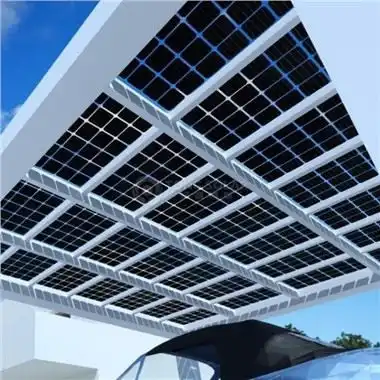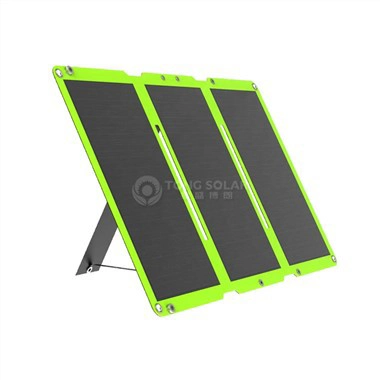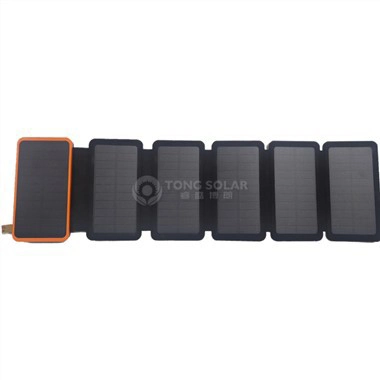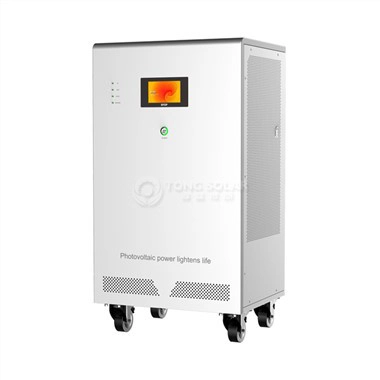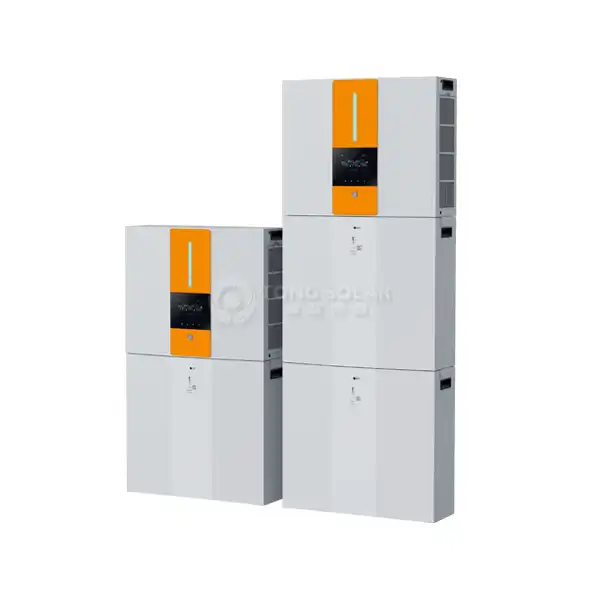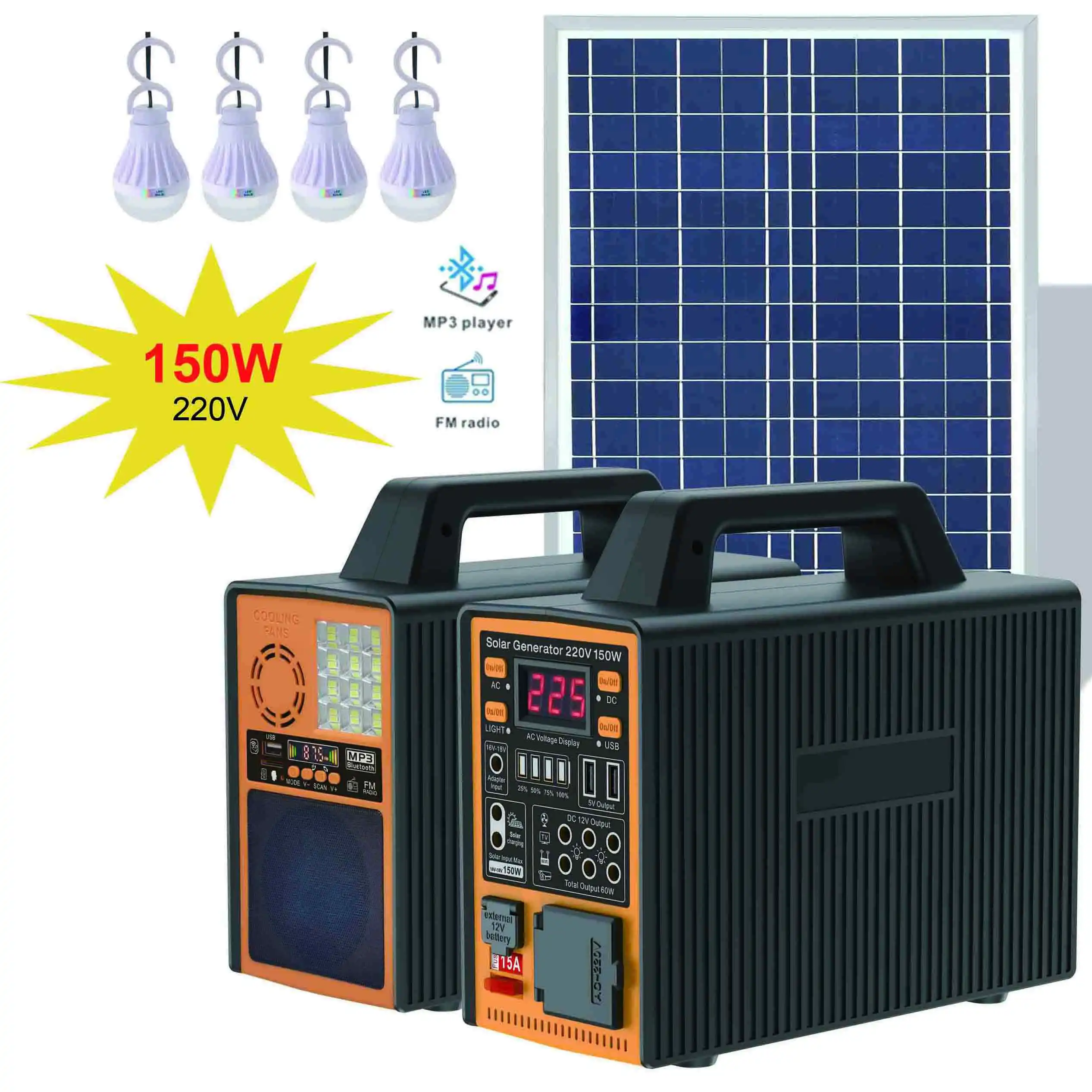How Close Is Photovoltaics To You!
2024-01-18 10:21:21
Photovoltaic Knowledge Science:
Photovoltaic power generation is a way to use the sun's rays to convert directly into electricity, which is a renewable, green, low-carbon clean energy source. Photovoltaic cells are the core component that converts solar energy into electrical energy. They are made of materials such as silicon and gallium arsenide, and their basic structure is the P-N junction. When the sunlight shines on the P-N junction, photons will excite electrons to transfer from the P region to the N region, and this movement will form an electric field, thus creating an electric potential difference. The voltage and current magnitude of a photovoltaic cell are related to its area, material and process conditions.
Structure Of Photovoltaic Modules:
Photovoltaic modules are a combination of multiple photovoltaic cells connected in series and parallel to increase power and voltage. The commonly used photovoltaic modules are polycrystalline silicon modules, monocrystalline silicon modules and amorphous silicon modules. The outer surface of the PV module is usually a solar panel, which is durable, high temperature resistant and waterproof, and plays an important role in the protection of the solar receiver. Under the influence of sunlight, PV modules can directly generate DC electricity for self-use in homes, office buildings, etc. Photovoltaic power generation can be connected to the power grid, through which power is complemented, shared and balanced between different regions.
Why Photovoltaic Power Is A Green, Low-Carbon Energy Source:
Photovoltaic power does not produce pollution, noise and other harmful substances in the process of power generation, which not only reduces the risk of environmental pollution, but also helps protect the ecological environment. Compared with traditional fossil energy sources, PV power emits significantly less carbon dioxide during combustion, transmission and utilization, reducing greenhouse gas emissions, thus helping to mitigate climate change and achieve sustainable development.
Various Application Scenarios Of Photovoltaic Technology
Photovoltaic power generation technology can be used in a wide range of application scenarios, such as the home, industrial and commercial sectors. In the home sector, people can install PV modules in houses, garages, patios and other places to use solar power to meet their own needs. In the industrial field, PV modules can be centrally placed or distributed on factories, office buildings, garages and other buildings to complete some or all of the electricity needed for power supply systems and lighting and other energy systems. In the commercial field, PV modules can be installed in large buildings, parks, etc. in commercial and public places to provide reliable power supply for the electrical energy needs of the commercial sector.
The Following Are Some Examples Of PV Application Scenarios:
.jpg)
Rooftop Photovoltaic Systems are a type of photovoltaic modules installed on the roofs of residential and commercial buildings to convert solar energy into electricity for use by appliances inside the building. Rooftop photovoltaic systems can reduce dependence on conventional energy sources, lower energy costs, and also contribute to environmental protection.
.jpg)
PV Carport is usually built by a group of PV modules, its structure is similar to a carport or parking lot awning, which can play the role of shading and rain protection, and at the same time, the electricity generated by the PV panels is transmitted to the power grid or battery through accessing the inverter to achieve the purpose of power generation. PV carport is often used in some large commercial plazas or residential communities, and can also be used as a photovoltaic power generation device for some government agencies, schools, and other public places to provide green energy, while also providing rest and storage for local parking lots, garages and other facilities.
.png)
Photovoltaic Water Pump is the use of photovoltaic power generation technology to realize the power drive of the pump, so as to realize the water source of water extraction, transportation and delivery and other purposes. In rural areas or remote mountainous areas, there is often no stable and sufficient power grid supply, so PV water pumps can help local residents get water, irrigate fields, etc., and also provide infrastructure support for local economic development. Photovoltaic water pumps are generally composed of solar panels, photovoltaic inverters, pumps and batteries, etc. The main working principle is to convert solar energy directly into electricity to run the pump motor, which in turn provides a continuous water supply service, easy to install and operate, and at the same time green, environmentally friendly and economical.
Various Other Different PV Application Scenarios:
.jpg)
The Future Of The Photovoltaic Industry:
Future trends in the photovoltaic industry Photovoltaic technology will continue to grow at a high rate in the coming decades and will be widely used around the world. The following are the future development trends of the PV industry:
1. further improvement of technology With the further improvement of technology, the efficiency and life of photovoltaic cells will be further improved, the cost will continue to reduce, making photovoltaic technology more practical and popular.
2. Multiplication of photovoltaic applications In the future, PV applications will be more diversified and cover a wider range of fields, including electric vehicles, smart homes, agriculture, etc. At the same time, PV technology can be combined with other technologies to form a more complete energy system.
3. International competition in the PV industry With the continuous expansion of the global PV market, the international competition in the PV industry will become more intense. China, the United States, Germany and other countries will continue to lead the development of the global PV industry, while other countries and regions will also join in this competition
How Much Sunlight Do We Have To Work With? Can It Become The Dominant Energy Source Of The Future?
Every minute, the sunlight shining on the earth can meet the energy needs of 200 all countries on earth, so it is said that solar energy is one of the largest, most stable, cheapest and greenest clean energy sources available to mankind, and does not produce any pollution to the environment. According to data released by the International Energy Agency, solar power will account for more than 10% of global electricity demand by 2030, so solar energy is considered to be one of the leading energy sources of the future.
.jpeg)
In short, from the popularization of PV knowledge to the future application prospects, PV power generation has become a hot topic of discussion in the international community and the general public. In recent years, the photovoltaic power generation industry has made rapid progress and development in terms of technology, manufacturing cost and market scale. In the future, more and more people will definitely embrace this green, renewable and low-carbon energy source to accelerate the process of sustainable development
